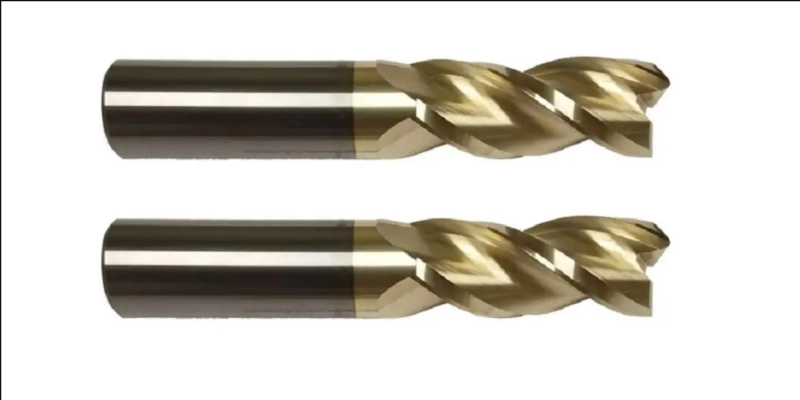Spot drills are essential tools in machining operations, used to create precise starting points for drilling operations. They prevent drill bits from wandering and ensure accurate hole positioning in many tasks for many industries.
Spot drills are typically made from carbide, a material known for its exceptional hardness and wear resistance. Spot drills have essential parts that make them effective machining tools, and they each have their pat and value when it comes to strength and durability.
Let;s examine each part and their role in a tool such as a spot drill.
The Body
The body is the main component that houses the cutting edge and determines the overall stability and rigidity of the tool. The body is typically cylindrical in shape, with a diameter that corresponds to the desired hole size.
This part is carefully designed to provide optimal support to the cutting edge and ensure precise drilling operations. It is important to choose a spot drill with a sturdy and well-constructed body to ensure reliable performance and longevity.
The Cutting Edge
The cutting edge is responsible for creating a small, shallow hole in the material, acting as a guide for the subsequent drilling operation. It is designed to be sharp and precise, allowing for accurate hole positioning.
It is typically angled to facilitate efficient chip evacuation and reduce cutting forces. The quality and sharpness of the cutting edge directly impact the performance and effectiveness of the spot drill.
Spot drills of carbide, with their exceptional hardness and wear resistance, offer superior cutting edges that maintain their sharpness for extended periods, resulting in consistent and reliable drilling performance.
The Shank
The shank allows for secure attachment to the machining tool. It is typically cylindrical in shape and is inserted into the tool holder or chuck of the machining equipment. It is designed to provide stability and ensure proper alignment during drilling operations.
It is important to choose a spot drill with a shank that matches the specifications of the machining equipment to ensure a secure and reliable connection. Spot drills in carbide often feature shanks that are precision-ground for optimal fit and stability, minimizing the risk of tool slippage or misalignment.
The Point Angle
This is the angle that is formed between the cutting edge and the centerline of the spot drill. There are different cutting advantages when it comes to different point angles, which is largely dependent on the point angle of the drill that you will be using after spotting.
The Coating
Spot drills of carbide use special coatings to make the surface smoother and less prone to heat and friction. Coating can dissipate heat, and prevent chip buildup during machining. It can prolong a spot drill’s durability and life, and reduce the need for replacement parts.
The Flutes
These are the channels that cut into the body of a drill, making it easier for the coolant and chips to easily be evacuated from the workpiece and the tool. The number of flutes can vary, though two flute spot drills are the most common.
Understanding the essential parts of a spot drill is crucial for successful drilling operations. They are key components that contribute to the stability, precision, and reliability of carbide spot drills. And with their exceptional hardness and wear resistance, they offer superior performance and longevity.
For more information about stub drill and variable flute end mills please visit:- Online Carbide


